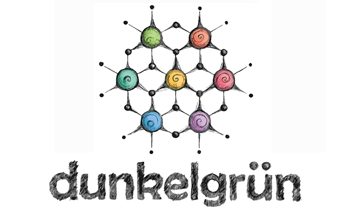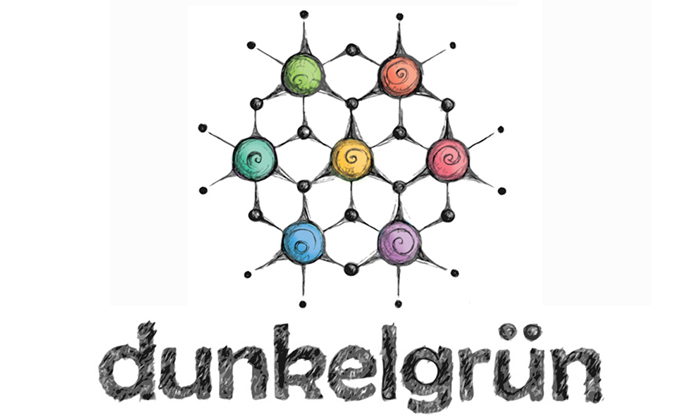In this video I am talking about solid vs. liquid wool washes, fiber softeners and conditioners and why “crocking” might occur with handdyed yarns.
Homemade Solid Soap Bars
Homemade solid soaps are usually made from sodium hydroxide (NaOH, lye) and fats. The active detergents in these soaps are the sodium salts of fatty acids.
Tap water typically contains minerals, such as magnesium or calcium salts. Calcium carbonate is a well-known compound that determines the “hardness” of the water. Wikipedia has a very nice article on water hardness: https://en.wikipedia.org/wiki/Hard_water
When soap is dissolved in water with a lot of calcium ions present, insoluble “calcium soaps” are produced, which precipitate. You might know these nasty layers of “soap scum” which form in the shower or bath tub and only dissolve when treated with an acidic detergent.
Such soap scum will form a layer on the natural fibers (wool and handknits, but also human hair) that is washed in it and cause it to become heavy and dull, especially after several washes. In order to avoid that it is recommended to use an acidic rinse (vinegar, lemon juice or citric acid) after washing wool and fibers with a hard bar of soap.
Liquid Wool Wash
Most products on the market for washing woolens and handknits are liquid. Those liquid detergents are synthetically made (which is not automatically a bad thing!!) and don’t form any soap scum when in contact with calcium ions from tap water.
The products I like to use to wash my knits are from the brand Unicorn. www.unicornclean.com
(I am not endorsed by the company. I bought the products myself and am very happy with them.)
Fabric Softener and Wool
Fabric softeners contain cationic surfactants (often quarternary ammonium salts) which coat the fibers they are washed in in order to make them softer. After several treatments this coating can become thick and almost insoluble. It prevents the fibers from taking up moisture (if your towels don’t dry your hands anymore, that might be the problem) and you will need more and more laundry detergent to get them clean.
Wool naturally has a very good ability to repel splashes of water but at the same time it can take up moisture and transport sweat away from your body. These properties arise from the unique surface structure of wool fibers. When coated with a foreign material, like a fabric softener, these properties can get lost. And especially since these surfactants can form layers which are difficult to wash out, it is not recommended to use them on wool.
There are some fiber conditioners on the market (e.g. Unicorn Fibre Rinse) which contain cationic surfactants, but are specifically formulated for wool. If you want to give your handknits a “softening treatment” I would recommend you to only use a product which is intended for the use on wool.
The same is true for hair conditioners. There is a plethora of different kinds of hair conditioners on the market and their effects can vary. Hair is similar to wool in some ways (both are protein fibers) but also very different from it in others (especially the nano structure). You can always do a little test swatch, wash it with your desired hair conditioner and see if you like it. Remember that even if the conditioner makes the wool soft, it can affect its breathing properties.
Crocking
When dye molecules are not chemically bound to the fibers in a yarn, they can come off and stain your hands, knitting needles or cause bleeding in the wash water. This phenomenon is known as “crocking”. It typically happens with indigo dyed yarn, because in the indigo dyeing process the dye is not chemically attached to the fiber which means it can be worn off mechanically.
It can also occur with acid dyed yarns, especially with very dark or saturated colors, that not all of the dye molecules get chemically fixed to the fiber. Even if the dyer washes the yarn carefully until the water is clear, it can still happen that color stains on your hands while you are knitting or bleeds in the washing water.
This is very likely happening because during the handling, winding or knitting different areas of the yarn are coming to the surface, which might not have been exposed to the washing water before and thus dye will come off. This is not the dyers fault at all, it is also not harmful in most cases and after several washes the bleeding is going to stop. Crocking or bleeding can be a problem if you would like to combine very saturated handdyed yarn with a light color in one project, because the color can bleed and stain your light yarn. If you are planning to do this I recommend you to wash the saturated color several times before you knit it up, maybe reskein it in between. That way you can make sure that all the areas are exposed to the surface and to the wash water.




